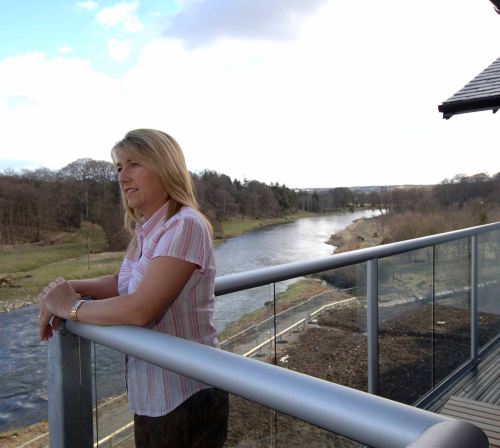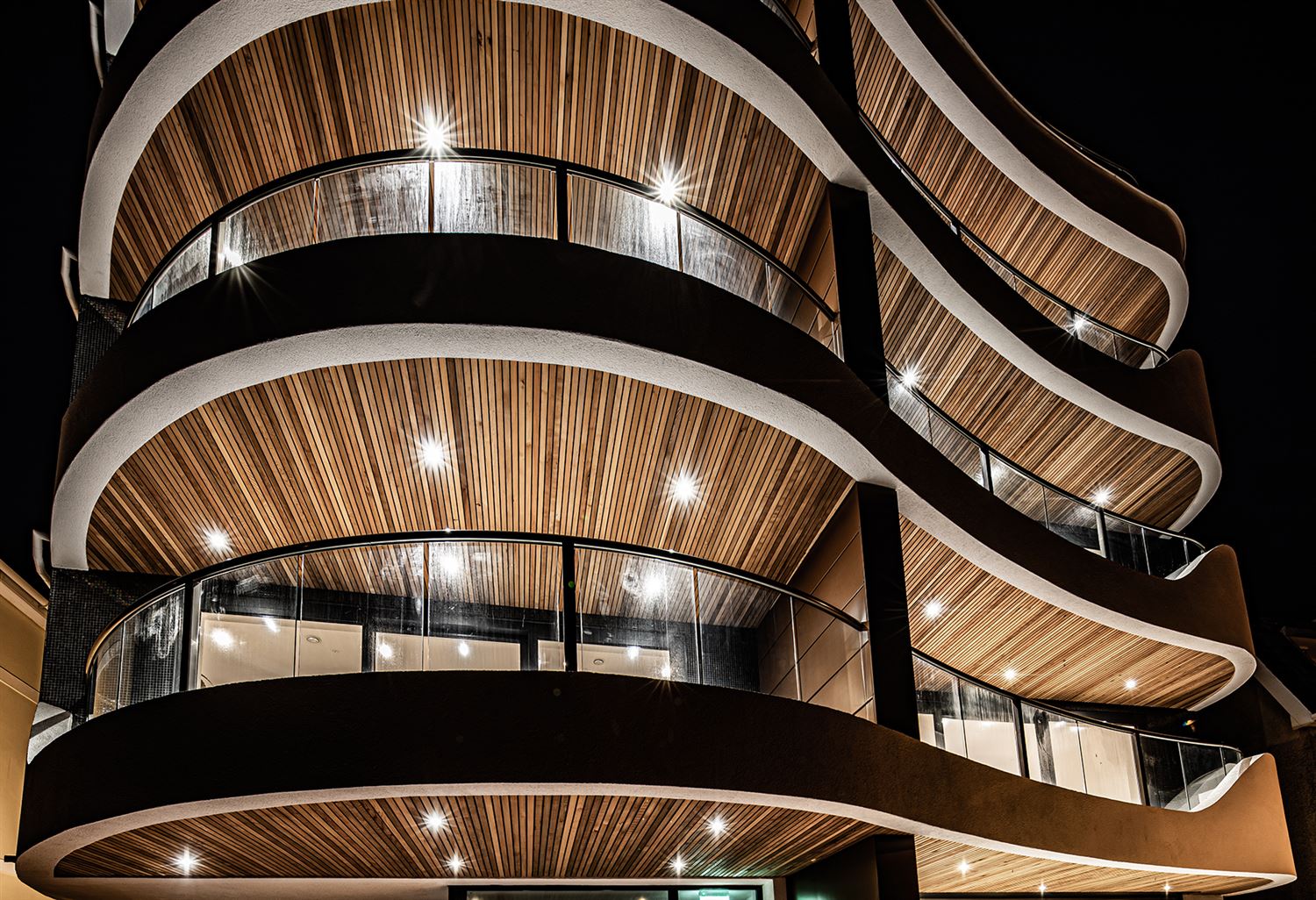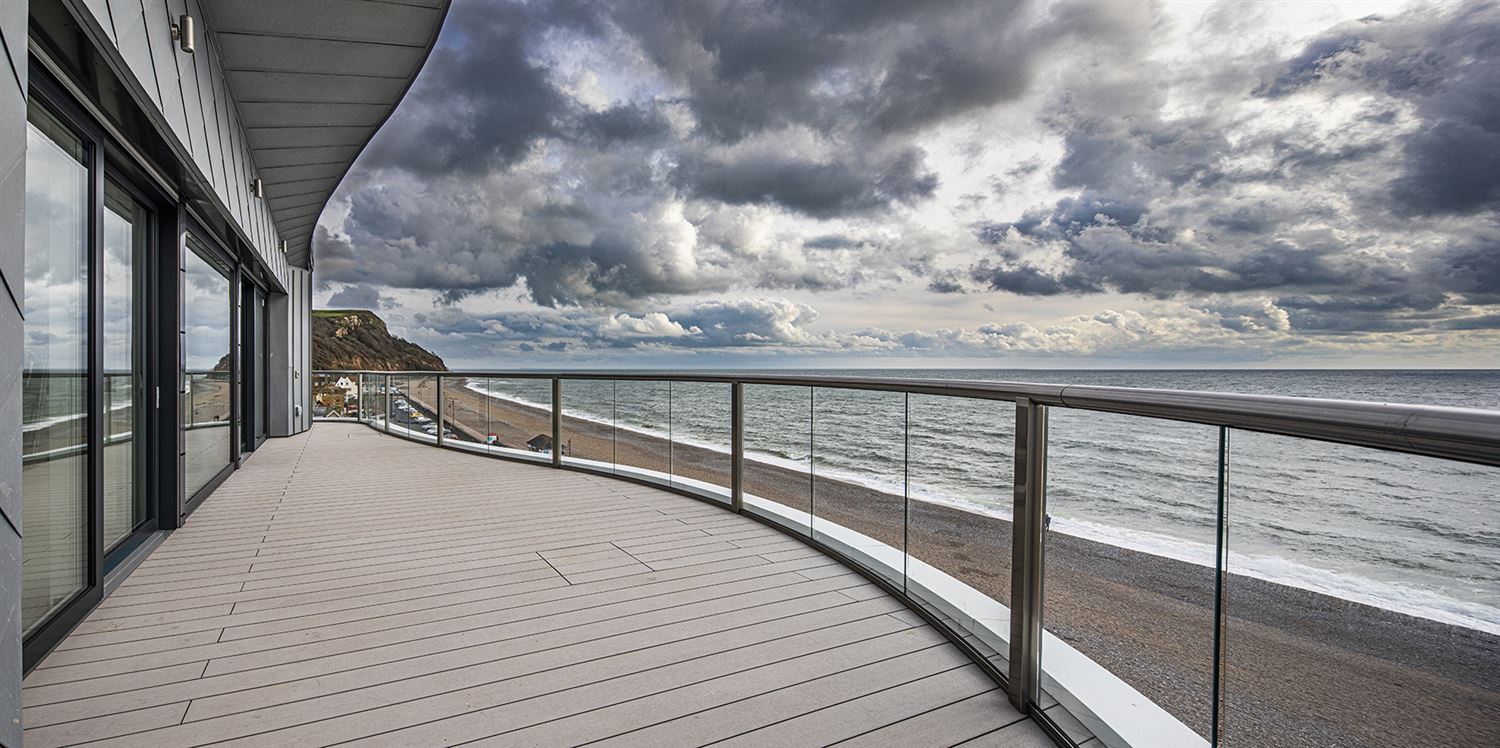Glass Balustrades Drawings and Tech Specs
Glass Balustrades | Tech Specs | Installation | Gallery | Projects | Articles | Reviews
Below are the full technical specification details of our Hybrid and Frameless balustarde systems. This includes technical drawings, elevations, sections, material specification, structural calculations and load tests and other useful technical information.

Our Range includes four distinct glass balustrade systems:
- Hybrid® Orbit (Balcony 1) System
- Hybrid® Aerofoil (Balcony 2) System
- Fully Frameless (SG12) System
- Semi Frameless (SG12 with top rail) System
The technical details below are divided into three parts:
- Glass Balustrade Sections And Elevations
- Glass Balustrade Materials Specification
- Glass Balustrade Design Critieria (Loads, calculations & tests)
1. Sections and Elevations
|
Hybrid® Orbit |
Hybrid® Aerofoil |
Frameless |
2. Materials Specification
Balustrade and base structure:
- 6063 T5 & 6063 T6 extruded aluminium profiles
Powder Coating or Anodising:
Colour options available for Hybrid Systems (Orbit & Aerofoil)
- 15 micron high-quality anodising in Matt Silver, Matt Bronze or "Royal Chrome" finish
- 60-100 micron Polyester powder coating in white colour
- 60-100 micron Polyester powder coating in RAL colour options available for large projects only.
Colour options available available for Frameless Systems (SG12)
- 15 micron high-quality anodising in Matt Silver or "Royal Chrome" finish
- 60-100 micron Polyester powder coating in RAL colour options available for large projects only.
- Below floor tracks are supplied in mill finish.
Primary Insert Posts
- Galvanized Steel with 15mm thick base plates.
Gaskets:
- EPDM (ethylene-propylene rubber)
Glasses:
Glass available for Hybrid Systems (Orbit & Aerofoil)
- 10mm clear toughened
- 10mm satinised (opaque) toughened
- 10mm tinted toughened (Green, Grey or Bronze)
- All the above can be supplied with the BalcoNano ® self-cleaning coating.
Glasses Available for Frameless Systems (SG12)
Residential
- 21.5mm clear laminated & toughened (10mm toughened + 1.5mm interlayer + 10mm toughened)
- 21.5mm opaque laminated & toughened (with opaque interlayer)
- 21.5mm low-iron (extra clear) laminated & toughened
- All the above can be supplied with the BalcoNano ® self-cleaning coating.
Public
- 25.5mm clear laminated & toughened (12mm toughened + 1.5mm interlayer + 12mm toughened)
- 25.5mm opaque laminated & toughened (with opaque interlayer)
- 25.5mm low-iron (extra clear) laminated & toughened
- All the above can be supplied with the BalcoNano ® self-cleaning coating.
3. Design Criteria
Design standards:
The systems have been designed using the following BS and Eurocode standards:
EN 1990 Eurocode 0: Basis of structural design.
EN 1991 Eurocode 1: Actions on structures.
EN 1993 Eurocode 3: Design of steel structures.
EN 1999 Eurocode 9: Design of aluminium structures.
BS EN 1990:2002 + A1:2005 Eurocode: UK National annex for Eurocode
BS 6180:2011 British standard: Barriers in and about buildings.
BS EN 1991-1-4:2002 + A1:2010 ‘Actions on structures – wind actions’
UK National Annex to EN 1991-1-4:2002 + A1:2010
Permitted Loading:
Loading is taken from Table 2 of BS 6180:2011 Barriers in and about buildings – Code of practice
A copy of this table can viewed here: Table 2 Minimum horizontal imposed loads for parapets, barriers and balustrades.
Residential (Covers occupancy types i, ii, ii, iv, v, viii & ix shown in Table 2 above)
- Horizontal uniformly distributed line load (at 1.1m handrail height) - 0.74 kN/m
- Uniformly distributed load applied to the infill - 1.0 kN/m2
- A point load applied to part of the infill - 0.5 kN
Public (Covers occupancy types vi, vii, x & xiii shown in Table 2 above)
- Horizontal uniformly distributed line load (at 1.1m handrail height) - 1.5 kN/m
- Uniformly distributed load applied to the infill - 1.5 kN/m2
- A point load applied to part of the infill - 1.5 kN
NB: it is assumed that the wall/structure being fixed to can support the required loads.
Structural Calculations
The Structural calculations below are for each system type. There are calculation below for residential occupancies and also public areas as specified above in Table 2 Minimum horizontal imposed loads for parapets, barriers and balustrades.
Residential occupancy calculations:
|
Hybrid® Orbit |
Hybrid® Aerofoil |
Frameless SG12 |
Public & Areas susceptible to overcrowding occupancy calculations:
|
Hybrid® Orbit |
Hybrid® Aerofoil |
Frameless SG12 |
Load testing
Our systems have been load tested by independent engineering companies to test physically and in practice the ability of the systems to resist loadings. The tests include:
- deflection under maximum load
- loads uniformly distributed and point load tests.
Both the handrails and glass infill panels were subjected to the testing. The testing confirmed that the systems meet and exceed the required criteria.
- Load testing Appendix A: pictures
- Point load testing on our balustrade system glass infill
- Uniformly distributed load testing on our balustrade system glass infill
- Introduction document for load tests
- Load testing on our balcony balustrade system
Fire Rating
This classification report defines the classification assigned to Balconette’s Hybrid® Balustrade Systems, in accordance with the procedures given in BS EN 13501-1: 2018. Balconette Hybrid® Balustrade Systems including the systems listed below:
Hybrid® Aerofoil Balustrade
Hybrid® Orbit Balustrade
Hybrid® Aerofoil infinity (Pass through) Screen
Hybrid® Orbit Privacy Screen
Hybrid® Glass Gate
SG12 Frameless System with a handrail
If you would like more information about our glass balustrade systems, please contact us.


.jpg)





